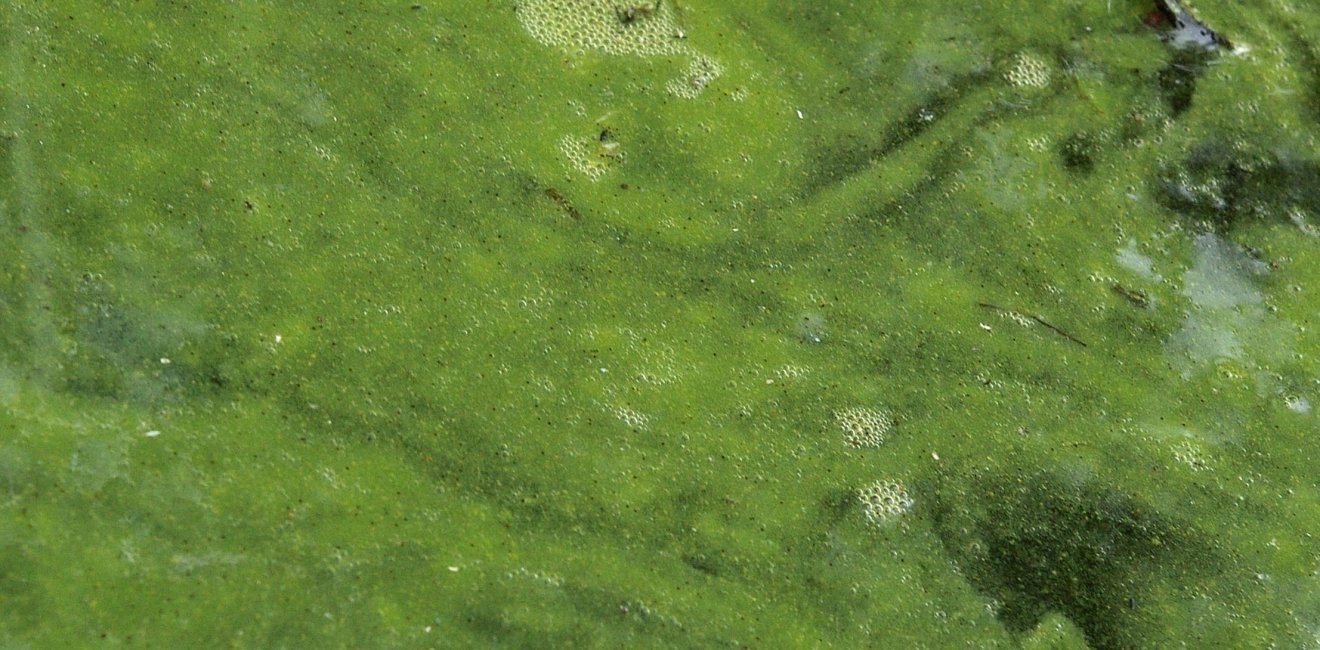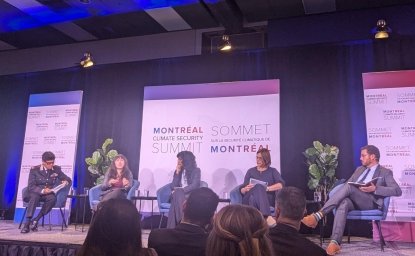New Algae Research Could Address Climate Change and Food Security Challenges
With all eyes on the United Nation climate talks in Paris, one synthetic biology-based solution to climate change could be sitting in a nearby pond.
With all eyes on the United Nation climate talks in Paris, one synthetic biology-based solution to climate change could be sitting in a nearby pond.

Leaders and diplomats from around the world are huddling at the 2015 U.N. Climate Change Conference in an effort to produce a global response to the climate problem. But a new paper published this week suggests one piece of the climate puzzle may be found in any pond or lake.
The authors of the paper, New feed sources key to ambitious climate targets, argue that algae could become an important feed for livestock that would help reduce carbon concentrations to pre-industrial levels in the next 80 years by changing land-use patterns and providing critical food inputs. The report, published in Carbon Balance and Management, is open access and is available online.
While livestock production accounts for around one-fifth of greenhouse gas emissions, the authors say the use of algae as a feedstock could greatly increase the efficiency of this production as a growing global middle class eats more meat and poultry than ever before.
According to the paper, microalgae, which can be grown in salt water or produced on otherwise degraded land, can be used as livestock feed, freeing up land currently used for pasture and feed crops. This would reduce the demand for crops like soybeans and corn and allow for better use of arable land and fresh water, helping to moderate food prices and avoid scarcity. It would further allow for greater use of biofuels, which combined with carbon capture and sequestration techniques could drastically reduce the amount of carbon released into the atmosphere and keep global temperature increases to less than two degrees Centigrade in 2100.
“Despite research into microalgae as a next-generation energy source, the land-sparing consequences of alternative sources of livestock feed have been overlooked,” the report says.
In October, lead author Brian Walsh of the Ecosystems Services and Management Program at the International Institute for Applied Systems Analysis (IIASA) in Vienna, Austria, visited the Synthetic Biology Project at the Wilson Center and spoke with John Milewski about his research on Wilson Center Now.
Walsh said algae could provide an answer to our pressing climate problem. “It’s very clear our time is running out in terms of our global carbon budget, which is the amount of carbon civilization can put into the atmosphere while hoping to keep climate change under control,” Walsh said, adding that we could use the balance of our carbon budget in the next 40 years. He further said the technology could be used to help meet the United Nations’ recently released sustainable development goals.
While at the Wilson Center, Walsh also presented his findings and engaged in a discussion with Dr. David Babson of the Union of Concerned Scientists, Dr. Jennifer Turner of the Wilson Center’s China Environment Forum and Jill Kauffman Johnson of Solazyme. The event was moderated by David Rejeski of the Science & Technology Innovation Program at the Wilson Center.


The Science and Technology Innovation Program (STIP) serves as the bridge between technologists, policymakers, industry, and global stakeholders. Read more


Since 1997, the China Environment Forum's mission has been to forge US-China cooperation on energy, environment, and sustainable development challenges. We play a unique nonpartisan role in creating multi-stakeholder dialogues around these issues. Read more



